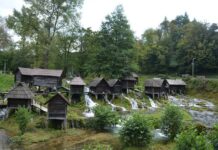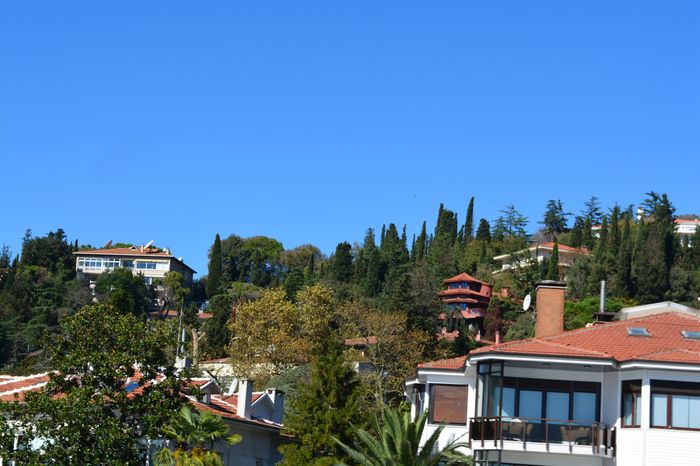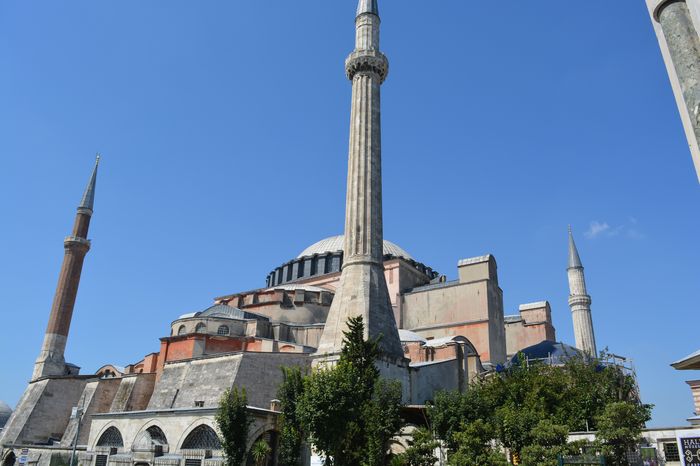A Broader Social and Regional View
The traditional view sees Roman construction mainly as a city-centered activity. However, looking at it through a wider lens can change this idea. Instead of thinking only about building projects inside cities, we should consider how rural areas and regions were connected to construction work. This approach adds more detail to the general idea of “social ecology,” which looks at how human societies interact with their environment and economy.
By including regional differences and changes over time, we get a better understanding of how building projects fit into the bigger picture of Roman society. Construction was not just about cities; it was connected to the countryside, agriculture, and the movement of people and resources. This way of thinking helps us see the construction industry as part of a complex network that involved many places and social groups Istanbul Religion Tours.
The Church and the Sea How Ecclesiastical Buildings Shaped Maritime Networks
This paper explores the important role of the Christian church in developing maritime networks during the Byzantine period. The church was not only a religious institution but also a key player in connecting coastal communities across the Mediterranean Sea.
Christianity spread rapidly in coastal areas because the sea was a natural highway for communication and trade. The church used this to its advantage by building many churches and related buildings along the coast. These buildings were more than just places of worship—they became cultural centers and hubs of economic activity.
The Church’s Role in Coastal Communities and Economy
As the church grew, it influenced how coastal communities developed. It helped shape agricultural practices and industries related to maritime trade. For example, some coastal farms and workshops produced goods that were traded by sea, helping local economies grow Building Projects and Social Ecology in the Roman World.
The church also became involved directly in maritime commerce. Clergy and church institutions often supported port activities by funding docks, ships, or warehouses. In some cases, church leaders acted like business owners, commissioning donations and investments that boosted trade networks.
The Church as a Social and Economic Force in Late Antiquity
By the late antique period, the church was more than a spiritual guide—it was a major social and economic force. Through its maritime connections, the church helped build strong networks between ports and coastal cities. These networks supported not only the spread of Christianity but also the movement of goods, people, and ideas.
The church’s involvement in maritime trade shows how religion and economy were closely linked in Byzantine society. It also highlights the importance of coastal areas in shaping the empire’s history.







